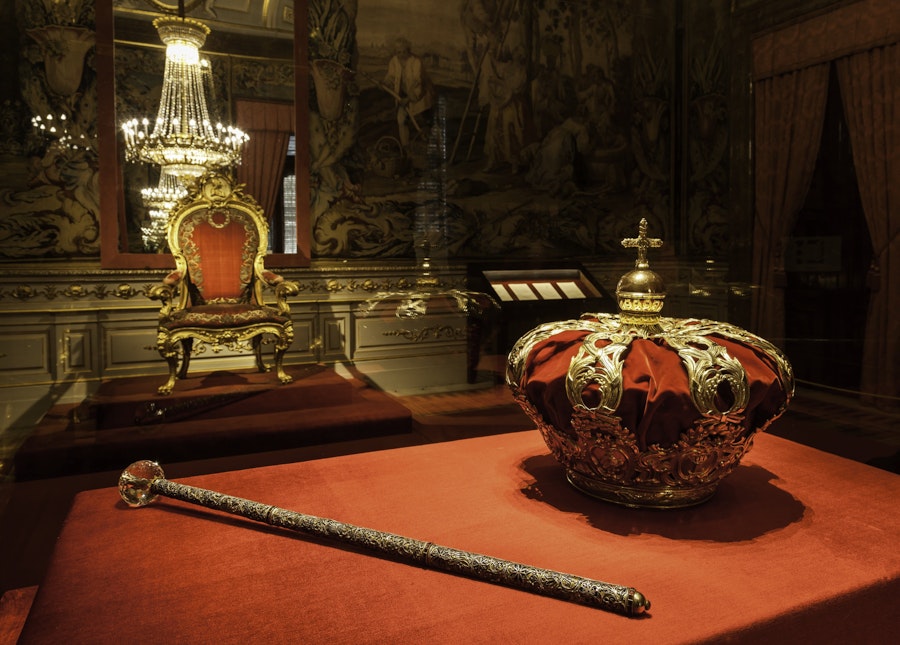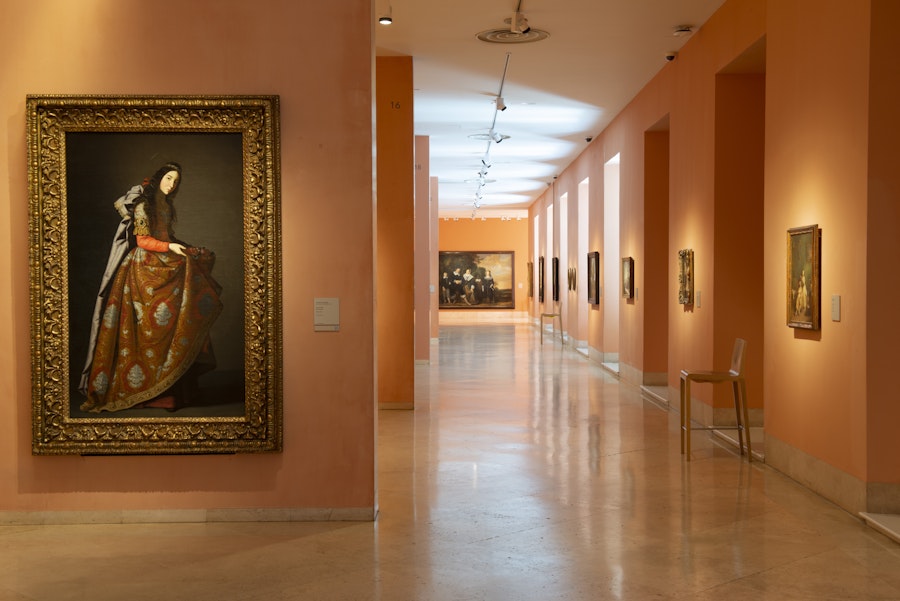Madrid Flamenco Show in Teatro Flamenco
About this activity
Smartphone tickets accepted
- Your booking is confirmed immediately
Experience Highlights
This activity is recommended for both flamenco enthusiasts and people who want to experience the magic of this musical genre. The shows are held at the Teatro Flamenco Madrid, the first flamenco theatre in the world. It is an intimate space where dance, guitar, singing and percussion blend seamlessly to create a show full of emotion.
Teatro Flamenco Madrid is centrally located and easily accessible by public transport. Each session lasts approximately one hour and allows you to see live the best artists of the capital.
- You will experience an exciting show in the first flamenco theatre in the world.
- Enjoy the show with a small group of participants.
- Admire the best flamenco artists in Madrid.
What’s included
- Entrance to the Flamenco Theatre Madrid
Select participants and date
Step by Step
The Teatro Flamenco Madrid is a must if you like this dance or if you want to see the best performers in the capital. It is not just a simple tablao, but a real cultural centre that brings a little bit of Andalusia to Madrid. With a ticket, you can enjoy a show that perfectly blends dance, guitar and song.
It is the first flamenco theatre in the world and hosts the best performers of this discipline, such as Noelia Ruíz, Diego Franco, Carlos Merino and José Luis Hernández, although the list could be longer. It is located at Calle del Pez, 10, in the Malasaña neighbourhood, within walking distance of the metro stations of Callao, Santo Domingo and Noviciado.
The Teatro Flamenco Madrid show lasts about an hour and combines foot tapping, rhythmic solos, guitar, fans, castanets and dance. It is an immersive show, recommended both for experts and for those who are approaching this dance for the first time.
The Andalusian dance par excellence was born from the mixture of Muslim, Jewish and gypsy cultures. It has its origins in the most marginalised sector of the population and its name is thought to derive from the Arabic "felag mengu", meaning "farmer on the run" or "landless peasant". Originally, it included only singing, but gradually dance and musical accompaniment were added. Traditionally, it is divided into two genres: cante jondo ( more solemn and tragic) and cante chico (more joyful).
It experienced its golden age at the end of the 19th century. From the tablaos of Sanlúcar, Jerez de la Frontera and Seville, flamenco spread throughout Spain and was a great success with the public. Finally, it was declared Intangible Heritage of Humanity by UNESCO in 2010.











